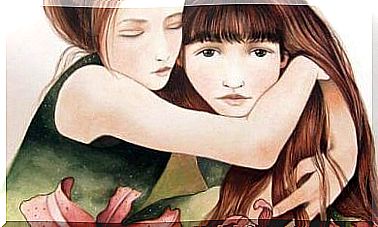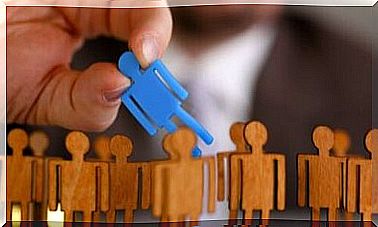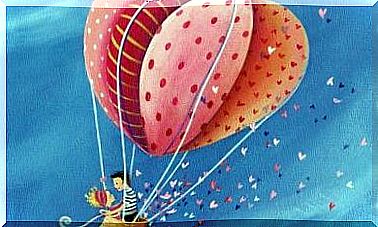Knowing How To Recognize Sadness Is For The Brave
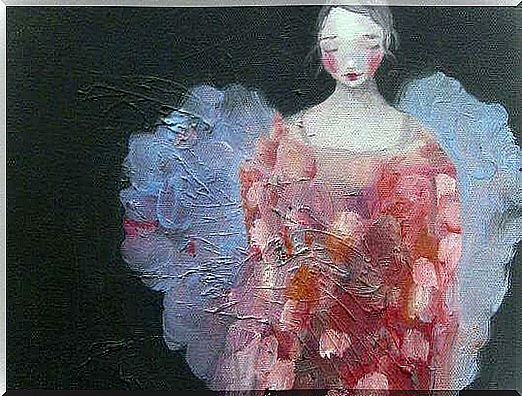
How many times have you tried to contain or mask sadness? From an early age we receive messages from society that require us not to reveal any form of sadness, to be courageous and strong at any time, that we cannot fail, that sadness teaches us nothing…. and that happiness is the only desirable emotion that is good for us. A cheerfulness, in any case, contained: nothing exaggerated or particularly euphoric.
It is true that sadness is an emotion with a negative value, but what if instead we were able to transform it into an emotion that brings us positivity and we were able to accept it as an emotion and learn from it? What if instead of locking her up, we gave her space?
Sadness: a basic emotion
The loss of a family member, the breakup of a relationship, a dismissal, an illness, when we don’t reach the expectations we set ourselves… are just some of the situations that generate sadness. It is true that many times the feeling of sadness is not instantaneous, since often the first sensation experienced is anger towards those who caused our loss.
A very important difference is the one that exists between sadness and depression. The latter is not an emotion, but a disease that extends beyond a single moment, and which needs, in order to be diagnosed, a prolonged and very intense state of sadness associated with other symptoms. Despite this difference – which remains very clear – sadness is experienced in a similar way to depression and, consequently, many try in every way to put an end to it.

If in addition to feeling very sad for some time you have also begun to suffer from sleep disorders, inability to feel pleasure with activities that previously gave you comfort, lack of desire to carry out your daily activities, lack of concentration, senses of guilt…. have no doubts, it is time to seek the help of a professional.
Yet sadness itself, as an emotion, is a unique opportunity to get to know each other. An emotion that some studies even link to a better activation of the body in response to a loss. It is also an emotion that needs the support and support of loved ones, and not clinical treatment.
The tears
Despite the large amount of tears that we humans shed, we have not yet been able to fully understand the mystery they contain. All studies are convinced of how, as social beings as we are, they perform a function of catharsis and of communication with others in an attempt to find comfort.
In addition to this, it is good to specify that behind the tears there is a complex system of emotions. There are many circumstances in which we could cry: we can cry out of happiness, out of empathy towards the people around us, out of anger and even seeing a film that excites us. Each tear tells a story that is very important to us.
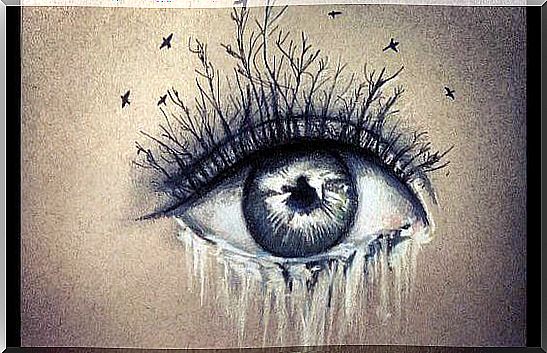
Containing tears or seeing them as enemies does not make us stronger or better people, we are simply behaving according to what others expect of us. And this is where we should ask ourselves if by chance they have ever cried. If they never have, then something is wrong.
Crying calms us, reduces anxiety levels, allows you to breathe better, makes you feel true to what you feel, connects with others and, absurdly, allows you to eliminate bacteria and protect the body. So what’s wrong with crying?
Don’t cry, be strong
If you are a tearful person, how many times have you heard someone censor your suffering? We have been told that we have to be strong in the face of everything, that crying is for weak people, that doing it is ridiculous or, even worse, that in doing so we are childish. Moreover, by dint of hearing this, we ended up internalizing it. We ended up being the first censors of our tears ourselves.
There are occasions when it is understandable why they tell us these things. Perhaps they do not do it with bad intentions, after all these are phrases that have been heard and learned since we were children, and that end up being part of our own repertoire. We build and share them automatically, without thinking about them.
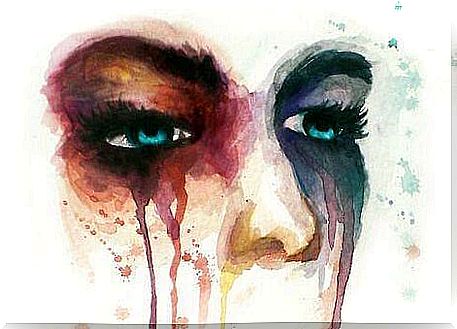
Yet, as we have said, their effect is not harmless. The acceptance and socialization of these messages ends up affecting the new generations, who inherit their way of thinking from us and with which they will shape their future. In this way, children take little time to incorporate the principle of closure that they perceive from adults, as if doing so constituted a necessary step towards adolescence and, later on, adulthood.
Towards them, as well as towards ourselves, we have a great responsibility: that of understanding emotions, whether they are brave or not. It is about accepting them and letting them take the air so that they can profess their restorative and motivating role. On the other hand, it can be very “didactic” to separate one’s emotional part from the logical one, but we cannot forget how the processes tend to mix, making sure that the product of the whole is very different from what one would think of. obtain from the simple sum of the parts.
In conclusion, sadness is just another of our emotions and, if well used and reasoned, it can become our great ally. Do not turn it, therefore, into an enemy by starting a war against it, because by doing so, you will only get more and more intense and disheartening suffering.
